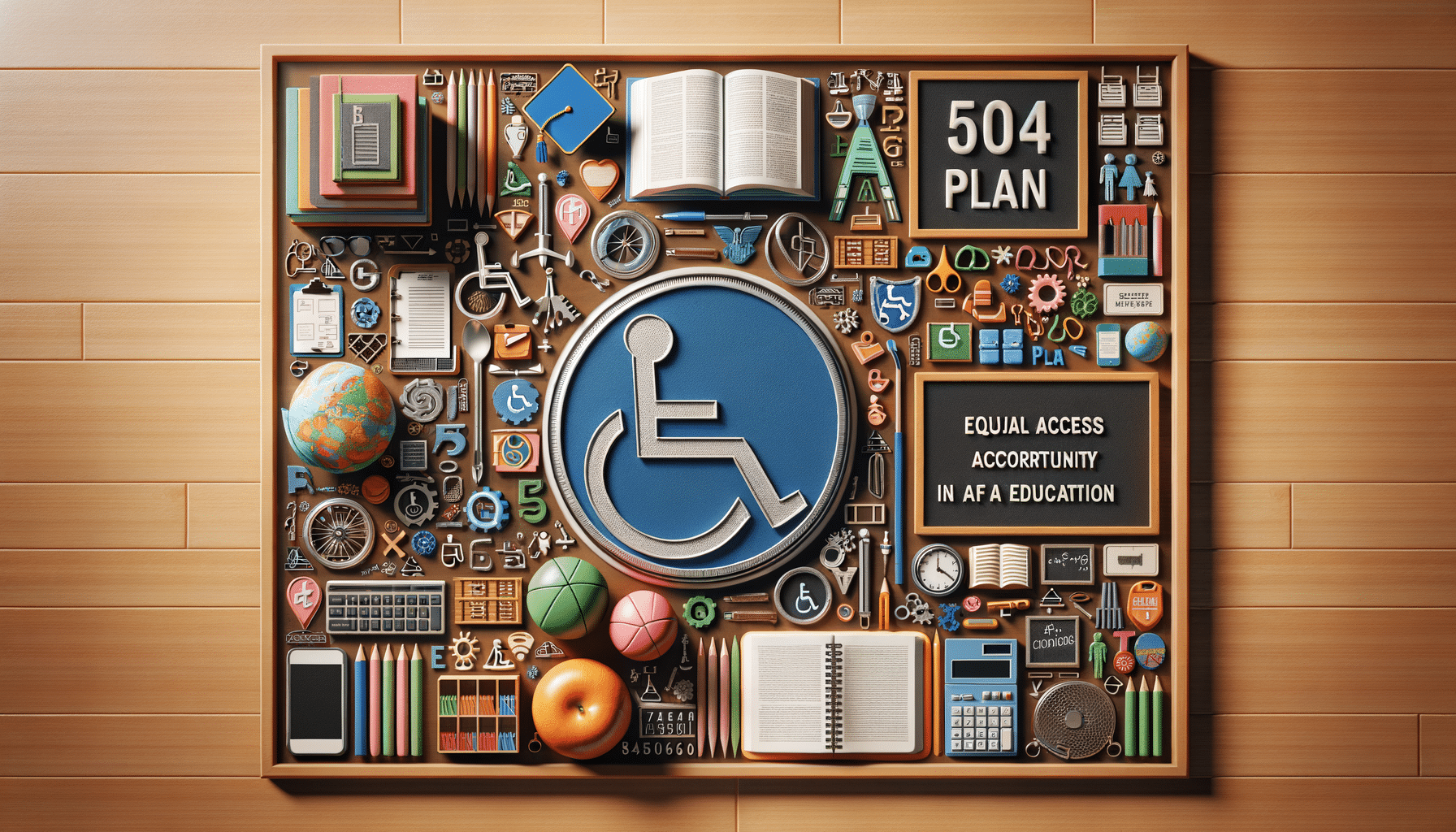
Section 504 and Beyond: Ensuring Equal Access and Opportunity in Education
Understanding the 504 Plan: An Overview
The 504 Plan is a cornerstone of educational equality, stemming from the Rehabilitation Act of 1973. It is designed to ensure that students with disabilities receive the necessary support to access the same educational opportunities as their peers. Unlike the more specialized Individualized Education Program (IEP), the 504 Plan is tailored for students who do not require special education services but still face challenges that impede their learning. The plan’s primary goal is to provide accommodations that level the playing field, ensuring no student is left behind due to a disability.
Under Section 504, schools are mandated to identify students who may need support and work collaboratively with parents and educators to develop a customized plan. This involves a thorough evaluation process to determine the specific needs of the student. The resulting plan is a living document that can be adjusted as the student’s needs evolve, making it a dynamic tool in the pursuit of educational equity.
Eligibility for a 504 Education Plan
Determining eligibility for a 504 education plan is a critical step in ensuring students receive the support they need. A student may qualify if they have a physical or mental impairment that significantly limits one or more major life activities. This broad definition allows for a wide range of conditions to be considered, from learning disabilities to chronic health issues.
To initiate a 504 plan, a formal evaluation is conducted, often involving input from teachers, parents, and healthcare providers. The evaluation considers the student’s academic performance, behavior, and any medical documentation that supports the need for accommodations. This comprehensive approach ensures that the plan is tailored to the individual needs of the student, providing a foundation for success in their educational journey.
Applying for a 504 Plan: Steps and Considerations
The application process for a 504 plan begins with recognizing the need for accommodations. Parents, teachers, or the students themselves can initiate this process by contacting the school’s 504 coordinator. The next step involves gathering documentation that outlines the student’s disability and its impact on their education.
Once the documentation is submitted, the school will convene a team to evaluate the student’s needs. This team typically includes educators, administrators, and specialists who collaborate to develop an appropriate plan. It’s important for parents to actively participate in this process, advocating for their child’s needs and ensuring that the proposed accommodations are both practical and effective.
After the plan is developed, it is implemented and periodically reviewed to ensure it continues to meet the student’s needs. This ongoing evaluation is crucial, as it allows for adjustments to be made in response to the student’s progress and any changes in their condition.
504 Accommodations: Practical Examples
The accommodations provided under a 504 plan are as diverse as the students they serve. These adjustments are designed to mitigate the impact of the student’s disability on their education, allowing them to participate fully in the classroom environment. Common accommodations include:
- Extended time on tests and assignments
- Preferential seating to minimize distractions
- Provision of assistive technology, such as audio books or speech-to-text software
- Modified homework assignments to reduce workload
- Access to a quiet room for taking exams
These accommodations are not one-size-fits-all; they are carefully chosen to address the unique challenges faced by each student. By providing these supports, schools can help students overcome barriers and achieve their full potential.
Conclusion: The Impact of 504 Plans on Education
504 plans play a vital role in promoting educational equity, ensuring that all students have the opportunity to succeed regardless of their disabilities. By providing tailored accommodations, these plans help to dismantle the barriers that can impede a student’s academic journey.
For parents and educators, understanding and utilizing a 504 plan can make a significant difference in a student’s educational experience. It fosters an inclusive environment where every student is valued and supported, paving the way for a more equitable education system.
As awareness of these plans continues to grow, it is essential for schools to remain committed to the principles of equality and accessibility, ensuring that every student has the tools they need to thrive.


